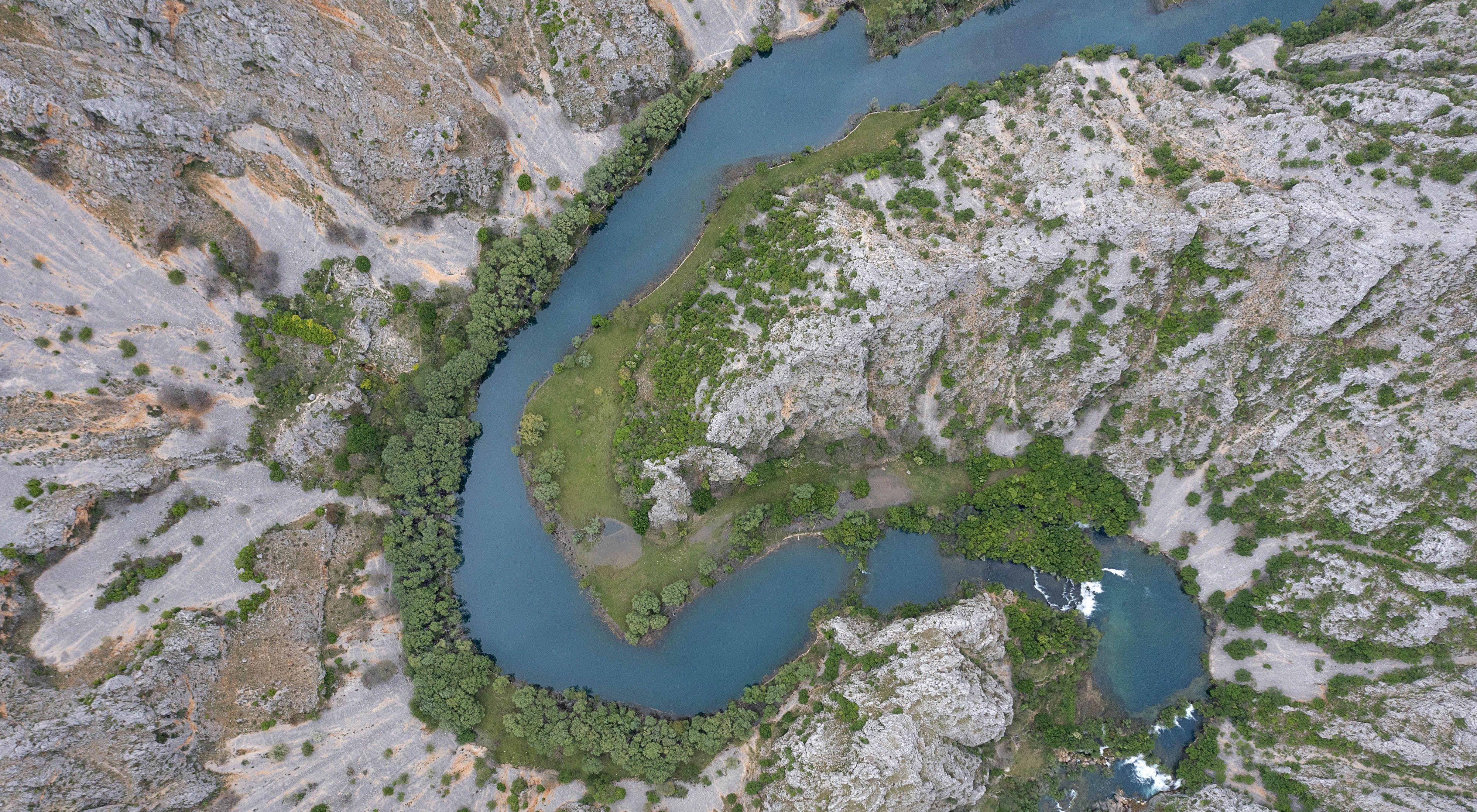Regional Coalition Aims to Protect Up to 400 Kilometres of Rivers Across Southeast Europe
United for Rivers will work across five countries to protect the region’s freshwater treasures with support from The Nature Conservancy
Media Contacts
-
Barbara Kuznik
The Nature Conservancy (Europe)
Email: barbara.kuznik@tnc.org -
Tom Jennings
The Nature Conservancy (Global)
Email: tom.jennings@tnc.org
United for Rivers, a regional initiative dedicated to protecting 13 rivers across Southeast Europe, was launched today. By prioritizing the engagement of local communities, The Nature Conservancy and six partners from Bosnia and Herzegovina, Croatia, Montenegro, North Macedonia, and Serbia aim to safeguard the ecological, social, and cultural values of freshwater ecosystems in the region by establishing new river protected areas.
Southeast Europe is home to some of the last free-flowing rivers on the continent. They are the lifeblood of communities and ecosystems, providing clean water, supporting biodiversity, and sustaining livelihoods. Unfortunately, these priceless resources are under increasing threat from pollution, habitat destruction, unsustainable development, and climate change. This is a global problem with a local solution: since 1970, 83% of freshwater species populations and 30% of freshwater ecosystems have been lost worldwide.
“At the heart of our initiative is the conviction that engaging and empowering local communities in Southeast Europe is critical for effective and durable river protection”, says Dragana Mileusnić, Southeast Europe Programme Director at The Nature Conservancy. “We are collaborating with a wide range of stakeholders, including non-governmental organizations, governments, businesses, and local communities to develop holistic and long-term solutions to protect our rivers.”
The coalition of partners includes the Center for the Environment from Banja Luka, Association Dinarica, and Novi Val Youth Club in Bosnia and Herzegovina, Ecological Association Rzav in Serbia, Eco-Team in Montenegro, and Eko-svest in North Macedonia.
United for Rivers is actively working to protect 13 rivers throughout the region, with the aim of inspiring new local river-protection actions. By investing time and effort in scientific research and understanding the needs and opinions of local communities, the United for Rivers initiative seeks to ensure early and transparent stakeholder engagement, while respecting the unique ecological, social, and cultural characteristics of each river.
Once protection is in place, and good protected area management is ensured, this will be a direct contribution to several important international commitments, including the EU Green Deal, the Green Agenda for the Western Balkans, and the Kunming-Montreal Global Biodiversity Framework adopted in December 2022.
The United for Rivers initiative invites individuals, organizations, and communities in Southeast Europe passionate about protecting rivers to join the cause. Together, we can improve the state of our rivers and protect these valuable resources for future generations.
Join us in protecting the freshwater treasures of Southeast Europe.
For more information visit unitedforrivers.org or Zajedno za rijeke / United for Rivers on Facebook.
The Nature Conservancy is a global conservation organization dedicated to conserving the lands and waters on which all life depends. Guided by science, we create innovative, on-the-ground solutions to our world’s toughest challenges so that nature and people can thrive together. We are tackling climate change, conserving lands, waters and oceans at an unprecedented scale, providing food and water sustainably and helping make cities more sustainable. The Nature Conservancy is working to make a lasting difference around the world in 81 countries and territories (40 by direct conservation impact and 41 through partners) through a collaborative approach that engages local communities, governments, the private sector, and other partners. To learn more, visit nature.org or follow @nature_press on X.
